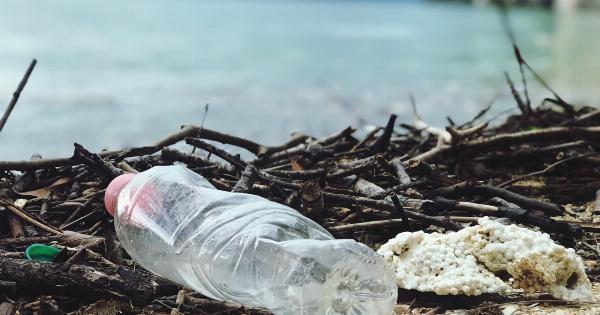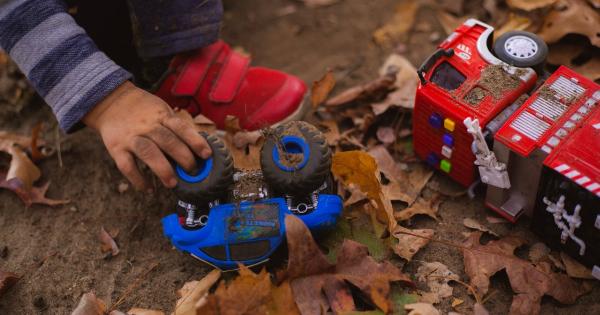When it comes to the health of our children, we do everything we can to keep them safe and healthy. We provide them with healthy food, keep them active, and take them to the doctor for regular check-ups.
However, even with our best efforts, there are things we can’t control. One of those things is the exposure of our children to toxic substances. A recent study has revealed that there are toxic substances found in the urine samples of children.
What are the Toxic Substances?
The toxic substances found in the urine samples of children include lead, phthalates, BPA, and pesticides. These substances are harmful and can cause a wide range of health problems.
Lead exposure, for example, can cause developmental problems in children, while exposure to phthalates can lead to asthma, obesity, and behavioral problems.
How are Children Exposed to These Substances?
Children are exposed to these toxic substances in a number of ways. For example, they can be exposed to lead through lead-based paint or contaminated soil. Phthalates can be found in many household products, such as plastic toys and food packaging.
BPA is found in many food and beverage containers, and pesticides can be found on produce.
Preventing Exposure to Toxic Substances
Preventing exposure to toxic substances is essential to protecting the health of our children. There are a number of ways to reduce exposure, including:.
- Avoiding lead-based paint and contaminated soil
- Choosing plastic-free toys and food packaging
- Avoiding canned foods and beverages
- Washing produce thoroughly
- Using natural cleaning products
The Importance of Regular Check-Ups
Regular check-ups with a pediatrician are essential to ensuring the health and well-being of children. During these check-ups, pediatricians can screen for exposure to toxic substances and provide guidance on how to reduce exposure.
Pediatricians can also provide guidance on healthy eating habits, ensuring that children are getting the nutrients they need to support optimal development.
The Role of Government in Protecting Children from Toxic Substances
Government agencies, such as the Environmental Protection Agency (EPA), the Food and Drug Administration (FDA), and the Consumer Product Safety Commission (CPSC), have a role to play in protecting children from exposure to toxic substances.
These agencies have the power to regulate the use of toxic substances in products, such as food and consumer goods, and to set standards for acceptable levels of exposure.
The Need for Continued Research
While the recent study on toxic substances found in children’s urine samples is concerning, it also highlights the need for continued research. We need to understand the extent of the problem and identify effective measures to reduce exposure.
This research can help inform public policy and support efforts to protect the health and well-being of our children.
Conclusion
Children are our most precious resource, and we must do everything we can to protect their health and well-being. The presence of toxic substances in children’s urine samples is concerning, but there are things we can do to reduce exposure.
By working together, we can promote a safer and healthier future for our children.






























